A beautiful garden delights the eyes — but a truly unforgettable garden captivates the senses. Along with color, texture, and form, fragrance is one of the most enchanting qualities a flower can bring to a garden. The heady aroma of blooms drifting through the air on a warm evening can turn any outdoor space into a sensory retreat.
But with so many floral options, you might wonder: What are the most fragrant garden flowers? In this comprehensive guide, we’ll explore the top garden blooms renowned for their intoxicating scents, what makes them special, and how to incorporate them into your own garden design.
Why Choose Fragrant Flowers for Your Garden?
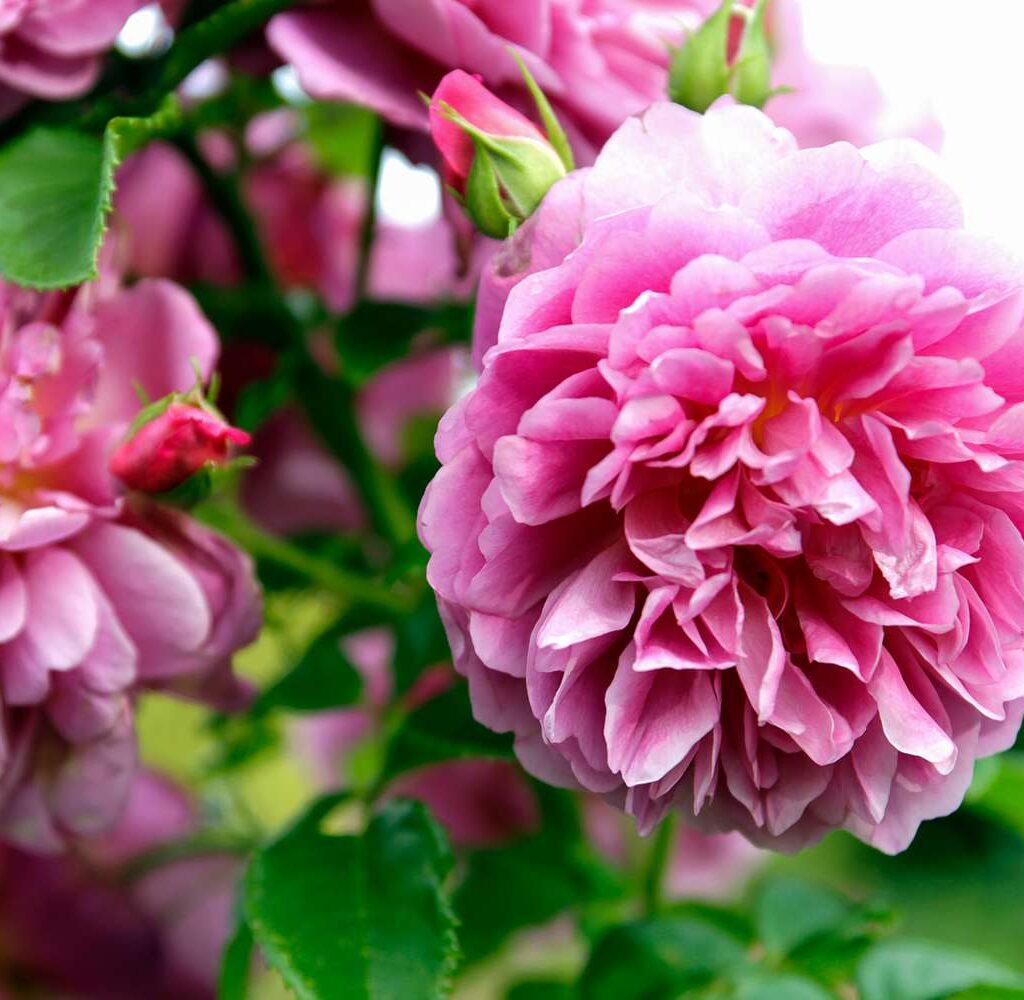
Fragrant flowers do more than just smell good — they enhance outdoor living spaces in ways that benefit both people and nature:
- Create a calming, relaxing ambiance
- Attract beneficial pollinators like bees, butterflies, and hummingbirds
- Add seasonal interest and sensory diversity
- Make evening walks, outdoor dining, and gatherings more memorable
- Provide material for floral arrangements and perfumes
Fragrance can evoke nostalgia, improve mood, and turn ordinary moments into special experiences.
Top 12 Most Fragrant Garden Flowers
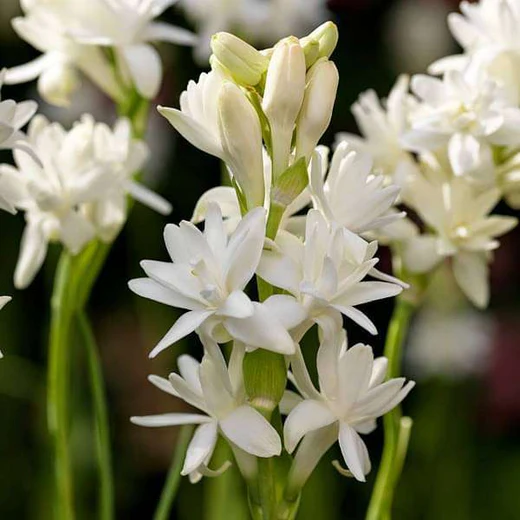
Here’s a carefully curated list of some of the world’s most beautifully scented garden flowers — each with its own distinctive perfume.
Rose (Rosa spp.)
No flower is more synonymous with fragrance than the classic rose. Certain varieties are especially known for their intense perfume.
Best-scented types:
- Damask Roses (Rosa × damascena)
- Bourbon Roses
- English Roses (David Austin hybrids like ‘Gertrude Jekyll’ and ‘Munstead Wood’)
Fragrance notes: Sweet, spicy, citrusy, or old-fashioned rose.
Ideal for: Borders, cutting gardens, patios, and pergolas.
Gardenia (Gardenia jasminoides)
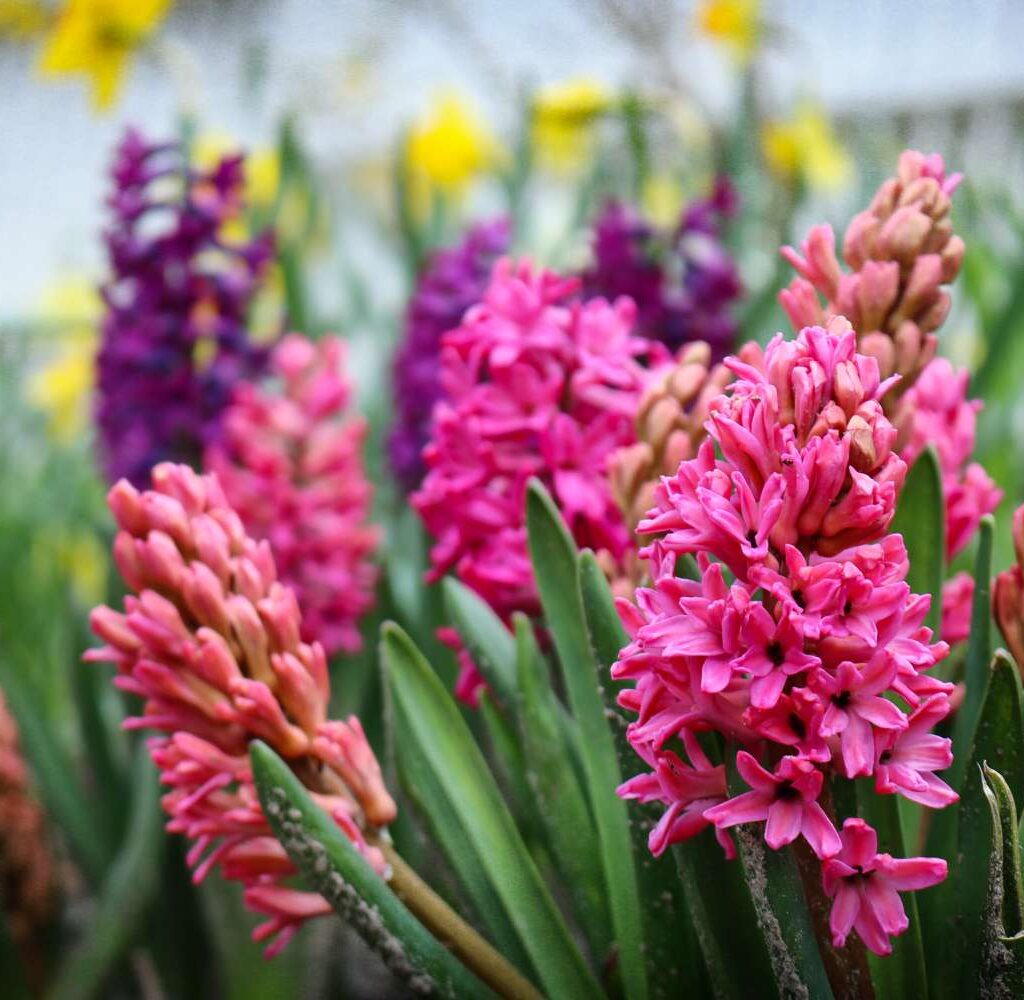
Famous for their creamy white blooms and intoxicating scent, gardenias fill the air with a rich, tropical perfume.
Fragrance notes: Sweet, warm, slightly spicy.
Ideal for: Container gardens, front entries, or close to outdoor seating areas.
Care tip: Needs acidic, well-draining soil and humidity.
Jasmine (Jasminum spp.)
Jasmine flowers release their strongest fragrance in the evening, making them perfect for moonlit gardens.
Top varieties:
- Common Jasmine (Jasminum officinale)
- Arabian Jasmine (Jasminum sambac)
Fragrance notes: Sweet, rich, and exotic.
Ideal for: Trellises, fences, and patio pots.
Sweet Alyssum (Lobularia maritima)
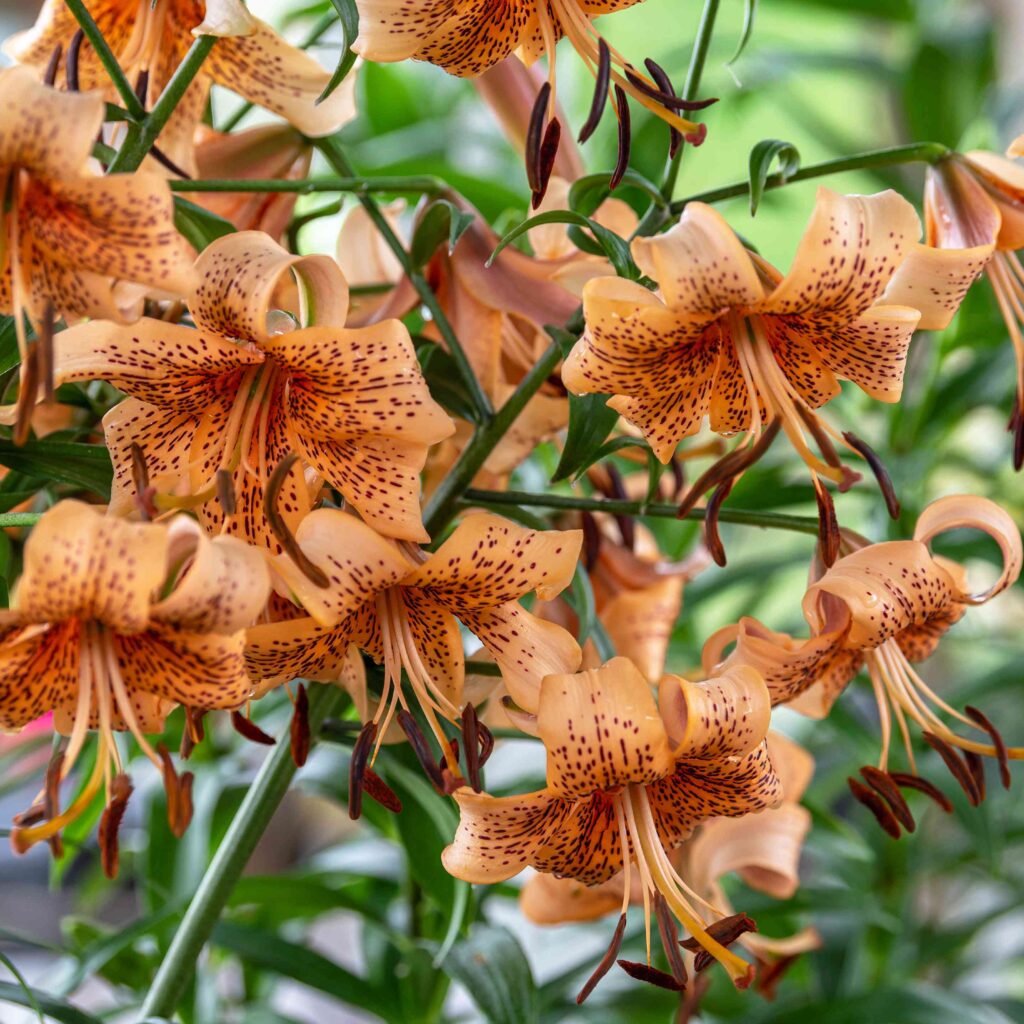
A petite bedding plant that produces masses of tiny, honey-scented blooms in white, pink, and purple.
Fragrance notes: Light, sweet, honey-like.
Ideal for: Edging pathways, container borders, and rock gardens.
Bonus: Attracts beneficial insects like hoverflies.
Lilac (Syringa vulgaris)
A symbol of spring, lilacs are cherished for their powerful, nostalgic scent and pastel blossoms.
Fragrance notes: Fresh, floral, with hints of spice.
Ideal for: Garden hedges, cutting gardens, and large containers.
Care tip: Needs full sun and well-drained soil.
Lavender (Lavandula spp.)
Lavender’s aromatic gray-green foliage and spiky purple flowers emit a calming, herbaceous fragrance.
Top varieties:
- English Lavender (Lavandula angustifolia)
- French Lavender (Lavandula dentata)
Fragrance notes: Herbal, sweet, slightly woody.
Ideal for: Borders, herb gardens, and pathways.
Peony (Paeonia spp.)
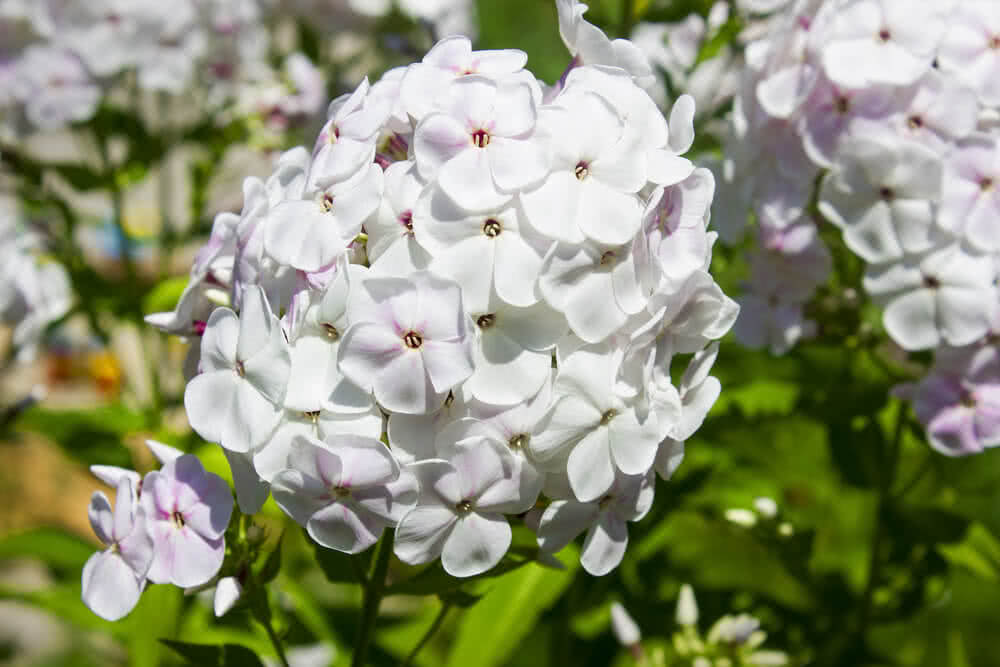
Peonies are treasured for their large, lush blooms and soft, romantic fragrance.
Fragrance notes: Sweet, fresh, sometimes lemony.
Ideal for: Flower beds, cottage gardens, and cutting gardens.
Pro tip: Choose heirloom or double-flowered varieties for the strongest scent.
Stock (Matthiola incana)
Known for its spicy, clove-like fragrance, Stock adds vertical interest and fragrance to spring gardens.
Fragrance notes: Spicy, warm, slightly peppery.
Ideal for: Cutting gardens, containers, and borders.
Bonus: A cold-tolerant annual that blooms early in the season.
Tuberose (Polianthes tuberosa)
Highly prized for its creamy white flowers and intense, exotic perfume — often used in luxury perfumes.
Fragrance notes: Rich, heady, sweet, slightly narcotic.
Ideal for: Containers, tropical gardens, or moon gardens.
Care tip: Prefers full sun and well-draining soil.
Sweet Pea (Lathyrus odoratus)
An old-fashioned favorite for its delicate, pastel flowers and wonderfully sweet scent.
Fragrance notes: Sweet, floral, with notes of orange blossom and rose.
Ideal for: Trellises, fences, and cutting gardens.
Pro tip: Choose heritage or heirloom varieties for the best fragrance.
Nicotiana (Nicotiana alata)
Also known as Flowering Tobacco, Nicotiana releases its fragrance most strongly at night.
Fragrance notes: Sweet, jasmine-like.
Ideal for: Evening gardens, pots, and shaded patios.
Care tip: Prefers partial shade and moist, well-drained soil.
Mock Orange (Philadelphus spp.)
This deciduous shrub produces clusters of white flowers with a delightful citrusy scent.
Fragrance notes: Fresh, orange blossom-like.
Ideal for: Hedges, borders, and near patios.
Pro tip: Prune immediately after flowering for best results.
Designing a Fragrant Garden
To create a garden that appeals to the senses, placement and plant combinations matter. Consider these tips:
- Plant fragrant flowers near seating areas, windows, and entryways where you’ll enjoy them most.
- Layer different scents by combining plants that bloom at varying times throughout the season.
- Mix evening-scented flowers like Jasmine, Tuberose, and Nicotiana with daytime bloomers like Roses, Peonies, and Lavender.
- Use containers for tender or seasonal plants like Gardenia and Tuberose so you can move them as needed.
Caring for Fragrant Flowers
Though fragrant plants often require similar care to their non-fragrant counterparts, fragrance is strongest when plants are healthy and well-maintained.
General care tips:
- Provide full sun or partial shade, depending on species.
- Use well-draining, fertile soil enriched with organic matter.
- Water consistently, but avoid overwatering.
- Deadhead spent blooms to prolong flowering.
- Prune shrubs like Lilac and Mock Orange after flowering.
Conclusion
Fragrance transforms a garden from a visual delight into a multisensory experience. Whether you favor the timeless elegance of Roses, the spicy warmth of Stock, the calming aroma of Lavender, or the intoxicating allure of Tuberose, there’s a scented flower for every garden style and setting.
By thoughtfully selecting and combining the most fragrant flowers, you can create an enchanting outdoor sanctuary that stirs memories, soothes the soul, and delights visitors throughout the growing season.
So, when planning your next garden, remember — let fragrance lead the way.
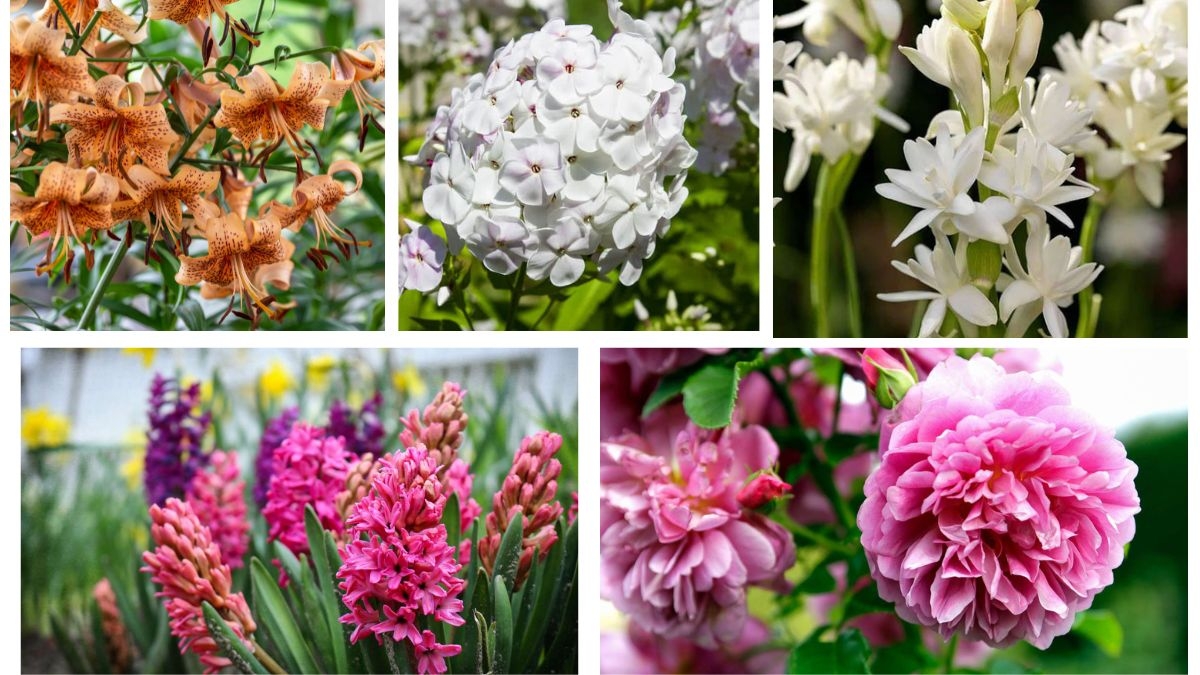



Leave A Comment